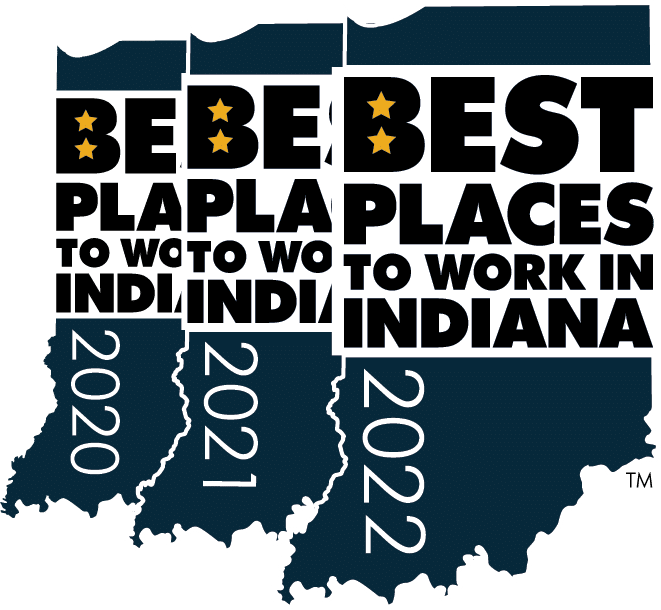Translating Success in Wellness to Clients
BY BEN CONNER | Chief Executive Officer

When speaking about health in the workplace and quantifying the success of their wellness programs, employers often view the issue through an inaccurate lens. Return on investment, or ROI, weighs heavily on many clients’ minds when they consider the implementation and maintenance of a wellness program. However, when employers focus on viewing employee wellness programs through return on investment, they often forget to take the return on value added by such a program into account. With so many variables at play in measuring the outcomes of wellness programs, matching dollars invested to dollars saved as a direct result can be empirically murky. But when employers take a look at specific improvements to company productivity, health and culture, the results are often much clearer to see.
At Conner, we have found that when we work to instill wellness, the results are real and significant. The scale of examination needed to see the “big picture” of wellness and health culture is wider than viewing the return on investment from health insurance dollars. That is why we are dedicated to using this same philosophy to assist with implementing wellness programs for our clients.
One aspect of this often overlooked, expansive view is that workers’ compensation expenses benefit from improved employee wellness. Beyond lowering health insurance costs, improved employee wellness can actually lower the possibility of an accident or unfortunate incident in the workplace and lessen recovery times. Wellness impacts recruiting and retention, making employees feel confident that they are cared for and receive all of the resources they need. It also shapes the heartbeat of the culture that an employer wants to create and develop. Changing an employer’s corporate culture for the better, just as we’ve changed and shaped our own over the past decade, is our ongoing outlook on the true benefits of wellness.
In 2016 alone, Conner Insurance has been recognized as an American Heart Association Gold Level Fit-Friendly Worksite, as well as Indiana’s Healthiest Employer in the small business category and one of the Healthiest 100 Workplaces in America by the Healthiest Employer awards program. What we have at Conner may not work for everyone, but having this tremendous success under our belt with a dedication to continue its improvement gives us valuable insight when we consult other businesses, allowing us to place multiple successful elements together to provide a game plan for greater health. It also reminds us that effective company wellness is not set-it-and-forget-it, because creating a real, effective framework for wellness is a day-by-day, step-by-step process that won’t come to fruition overnight. One of the biggest successes of our wellness initiatives is the fostering of a sense of company camaraderie. No matter the employee’s role, they know each of their teammates on a deeper level, developing a greater sense of closeness that creates an environment of encouragement and fun that forms lasting bonds. We are proud of our heritage as a family company, and are equally proud to perpetuate the idea of a strong family with our employees through our health and wellness initiatives.
Although Conner has found a wellness program that works for us, finding the right plan and philosophy for our clients is not without significant challenges, the biggest of which is gaining an intimate knowledge of what wellness for each employer looks like. Variables such as cost, benefits outlook, employee population and a handful of other factors represent challenges that can affect and prevent real, lasting change. This is why we fully invest in the challenge of learning about our partners’ business, inside and out. Because each business is unique, not only in their needs, but in how wellness integrates and interacts with their corporate mission, it takes a strong team of advisors with constant communication and an effective action plan. Because they’ve seen the benefits firsthand, our advisors know why scrutiny, communication and adaption are vitally important in the implementation and continuation of a corporate wellness plan. If a wellness plan can’t adapt to changing needs or failures, it will be nearly impossible for an employer to see its true value in the long run.
Because there are so many factors at play, your wellness plan needs to be fluid. As variables change, so should your plan. To keep employees happy, healthy and motivated, benefits and wellness policies need to change in accordance with your needs. Simply changing policies when required, or arbitrarily when it’s been several years since your last change, do not provide enough support and evidence to show your employees that their enduring health is your real priority. Letting your wellness plan become stagnant often negates its own benefit completely, and should be consistently audited to make sure that participation is high and that lives are truly being impacted. Wellness plans don’t abide by a one-size-fits-all structure, but there are a great deal of industry players who seem to think otherwise, and employers across the nation are missing out on valuable opportunities for measurable improvements in value. Taking a moment to see what’s working and what isn’t is not only important to the health of your employees, but to your wellness plan as well. It’s how we continue our own journey toward wellness and help our partners do the same.







